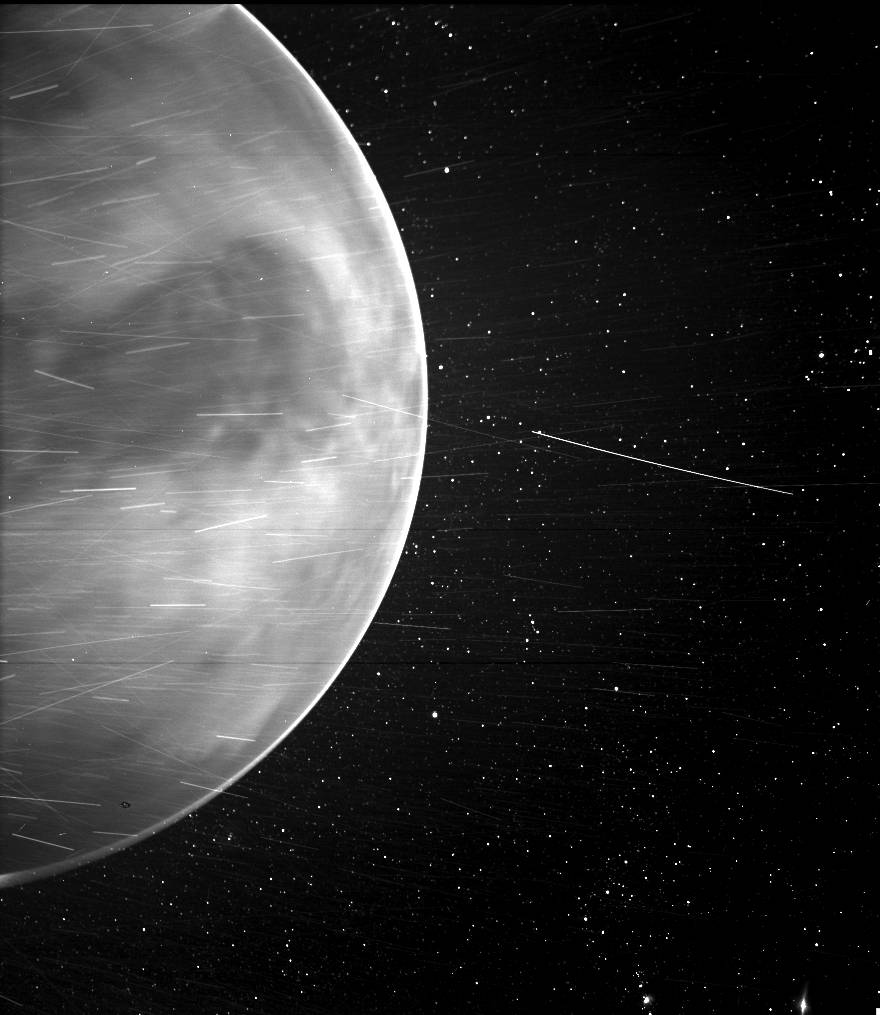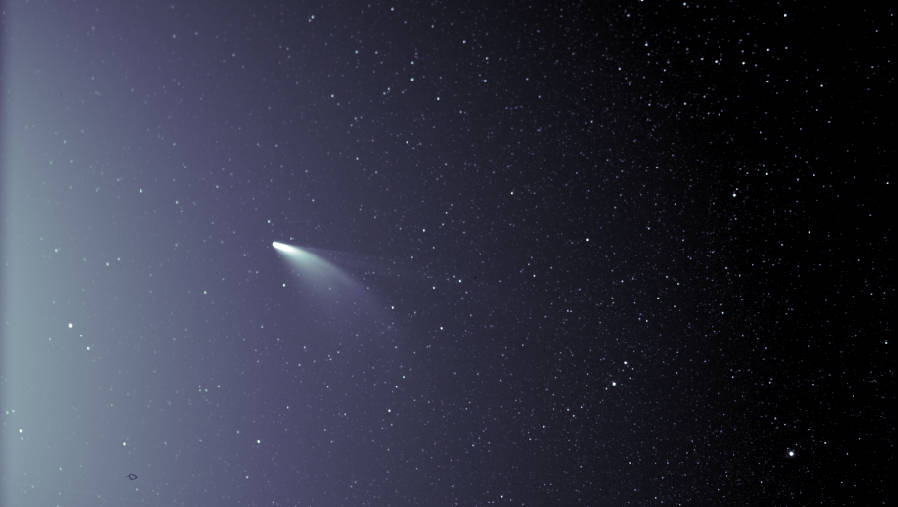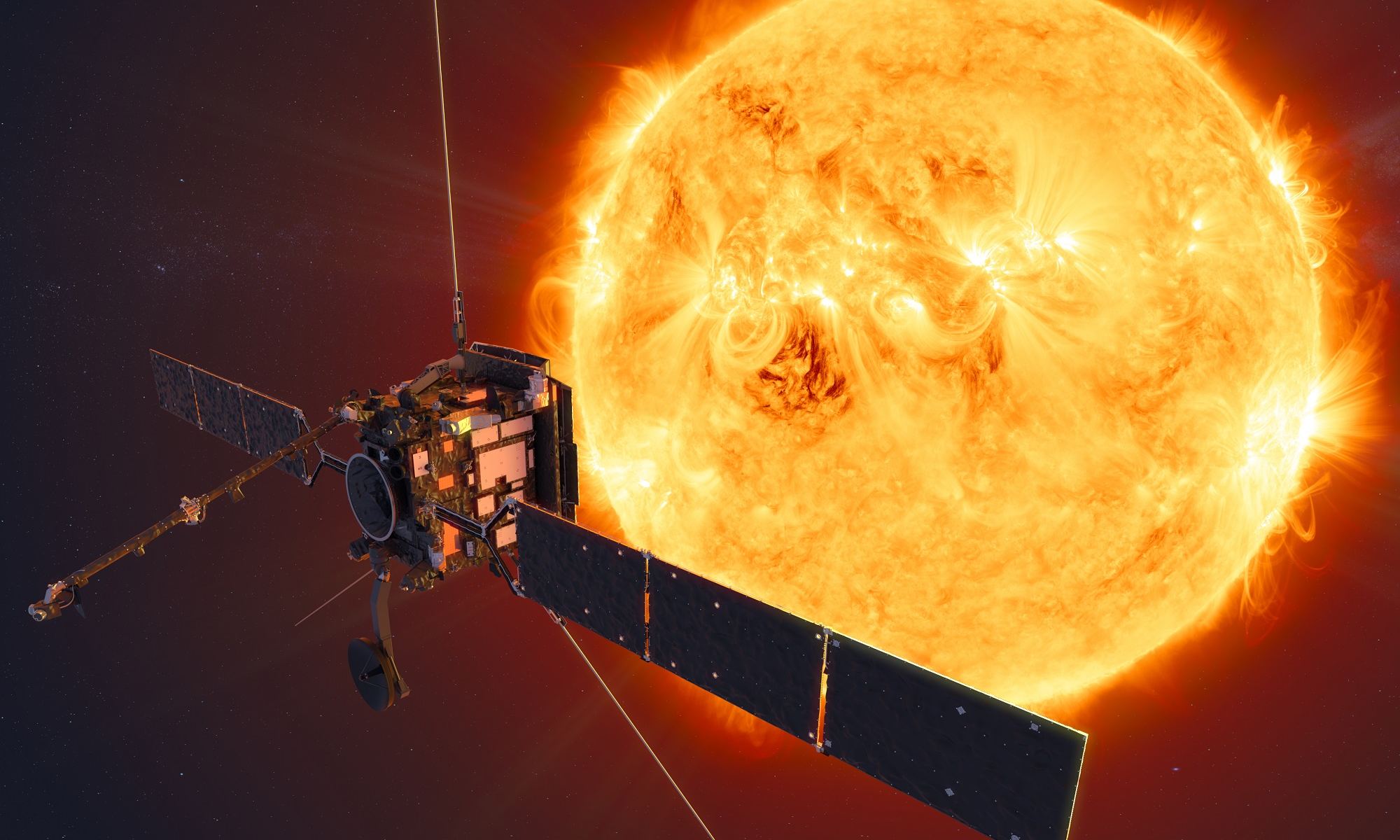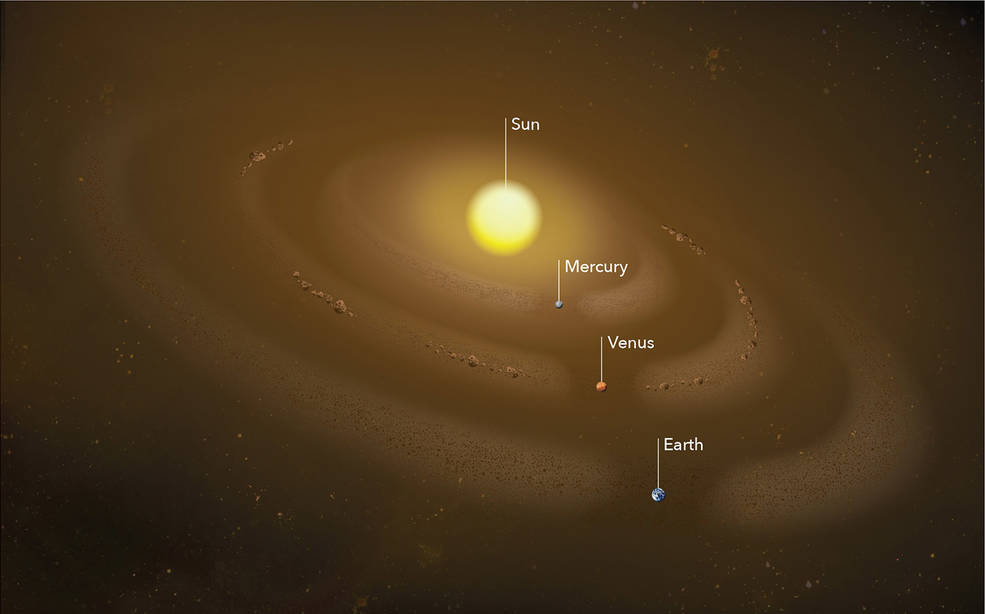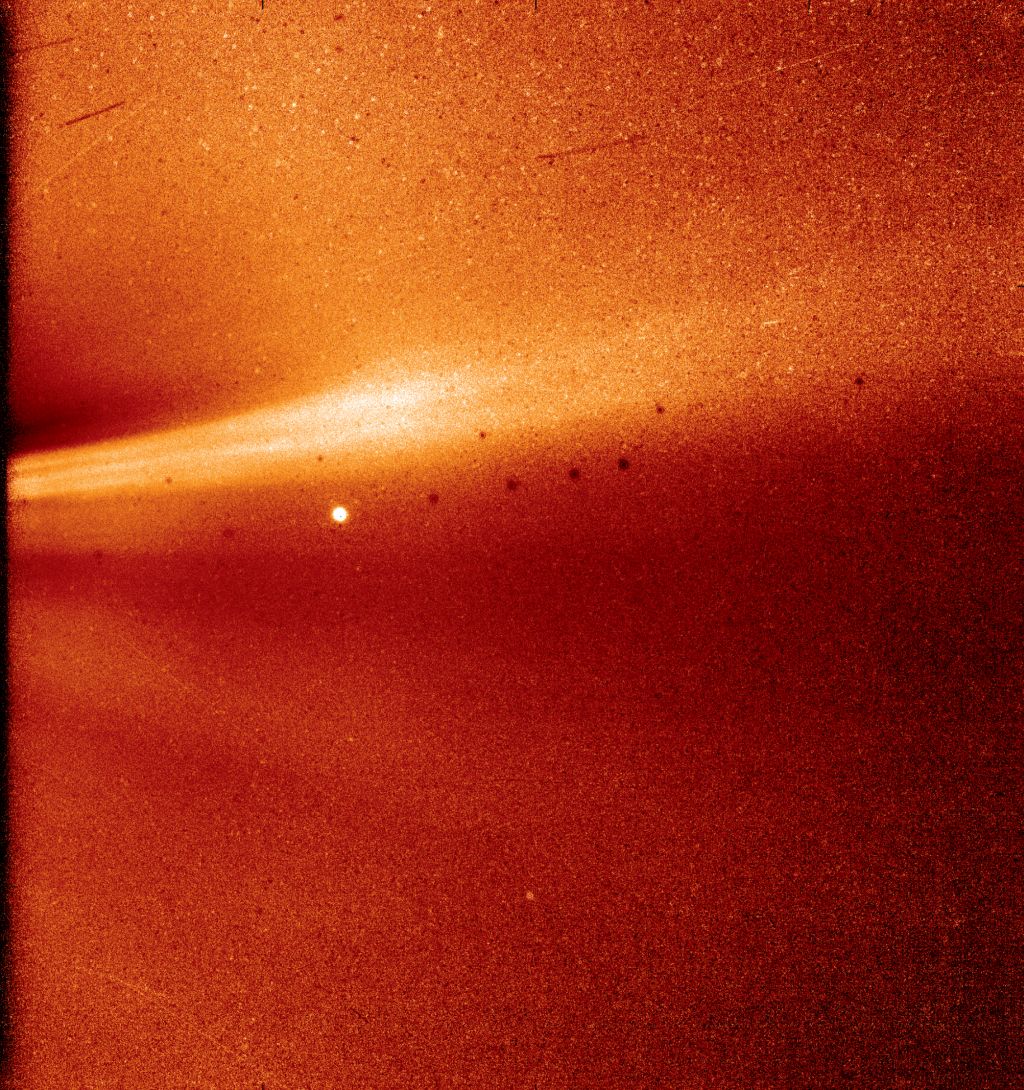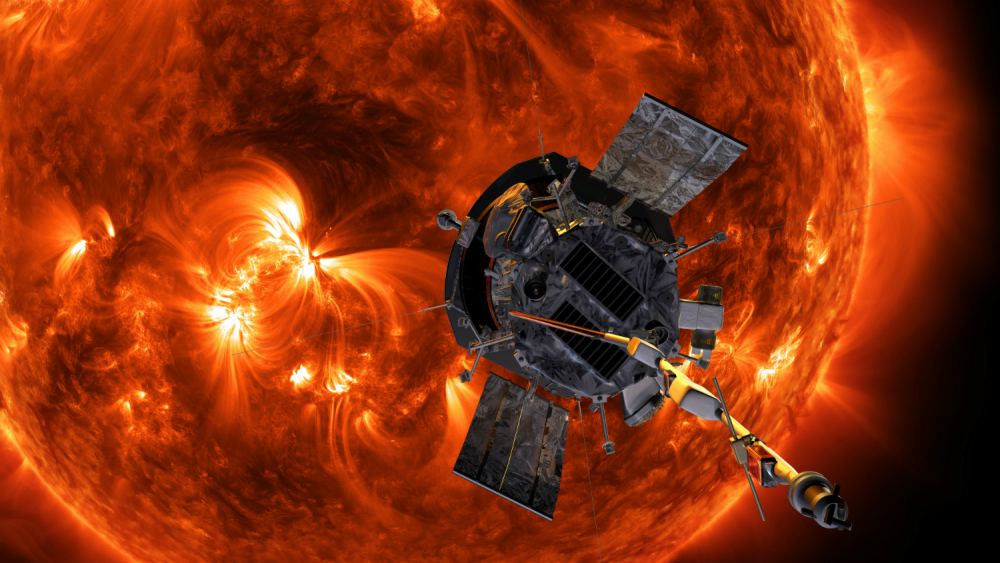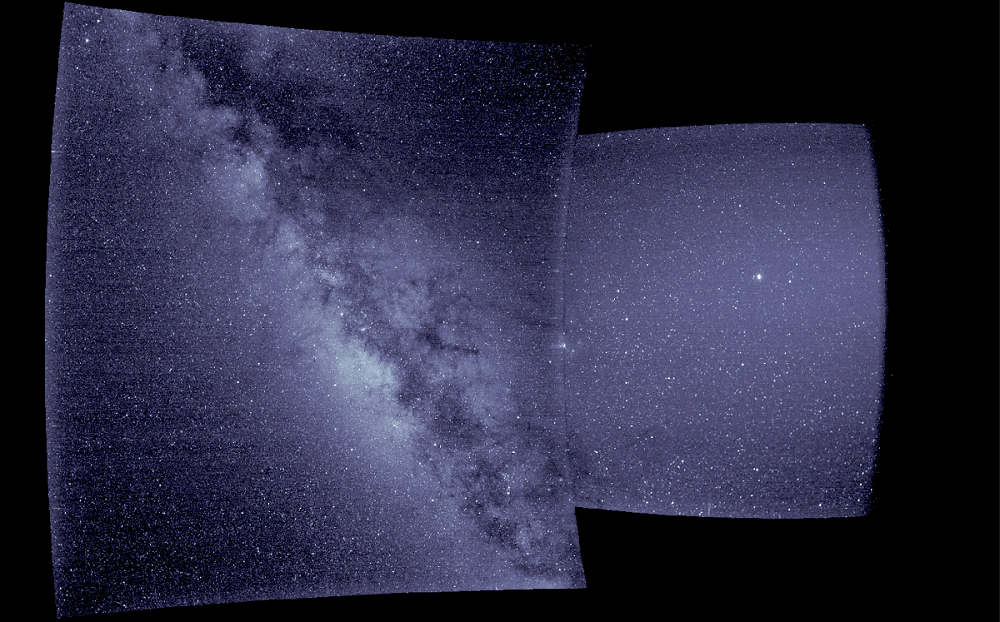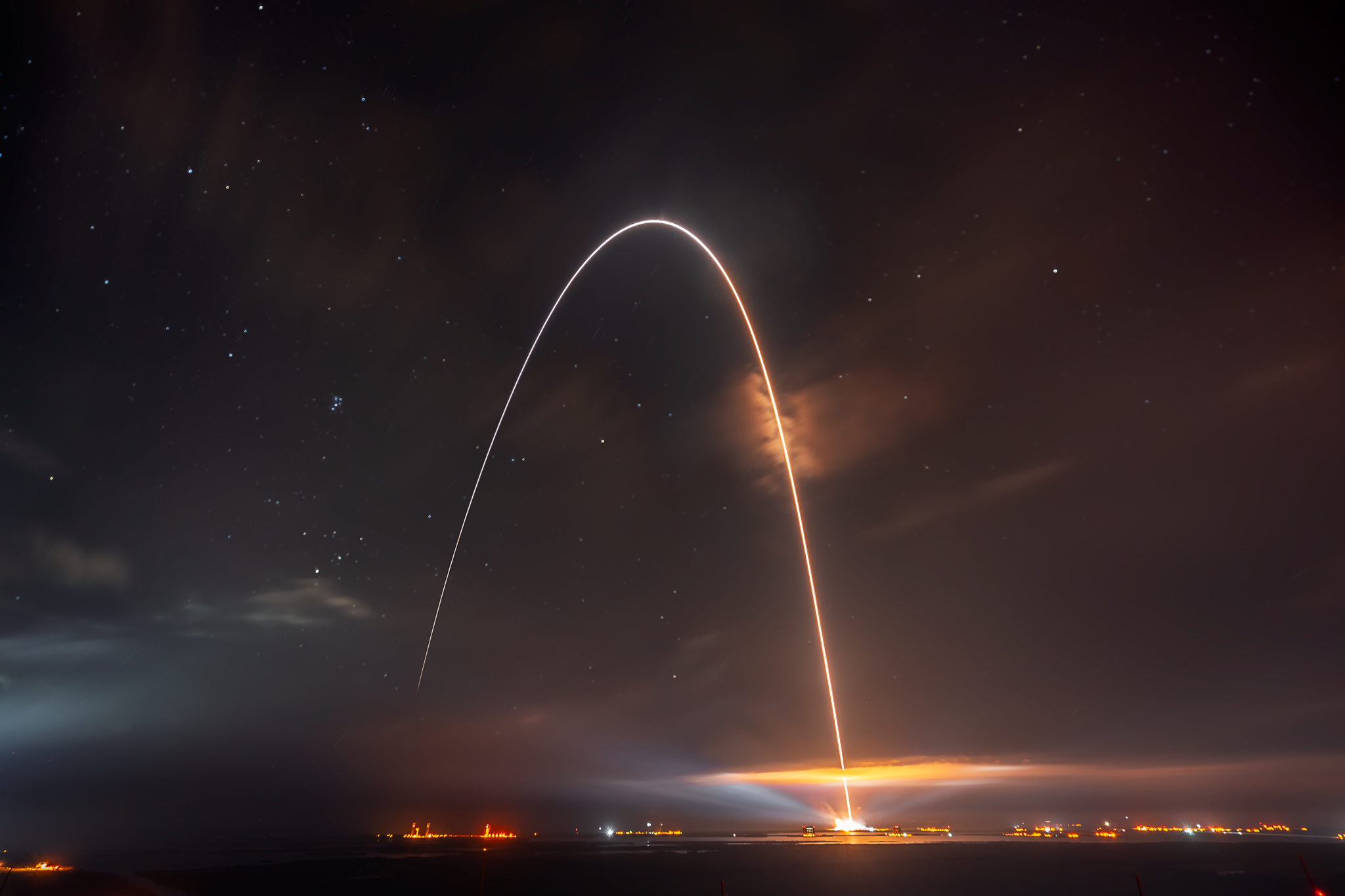Last summer, the Parker Solar Probe flew past Venus on its way to fly closer to the Sun. In a bit of a surprise, one of the spacecraft’s cameras, the Wide-field Imager for Parker Solar Probe, or WISPR, captured a striking image of the planet’s nightside from 7,693 miles (12380 km) away.
The surprise of the image was that WISPR – a visible light camera – seemingly captured Venus’ surface in infrared light.
Continue reading “Parker Solar Probe Captured Images of Venus on its way to the Sun”
